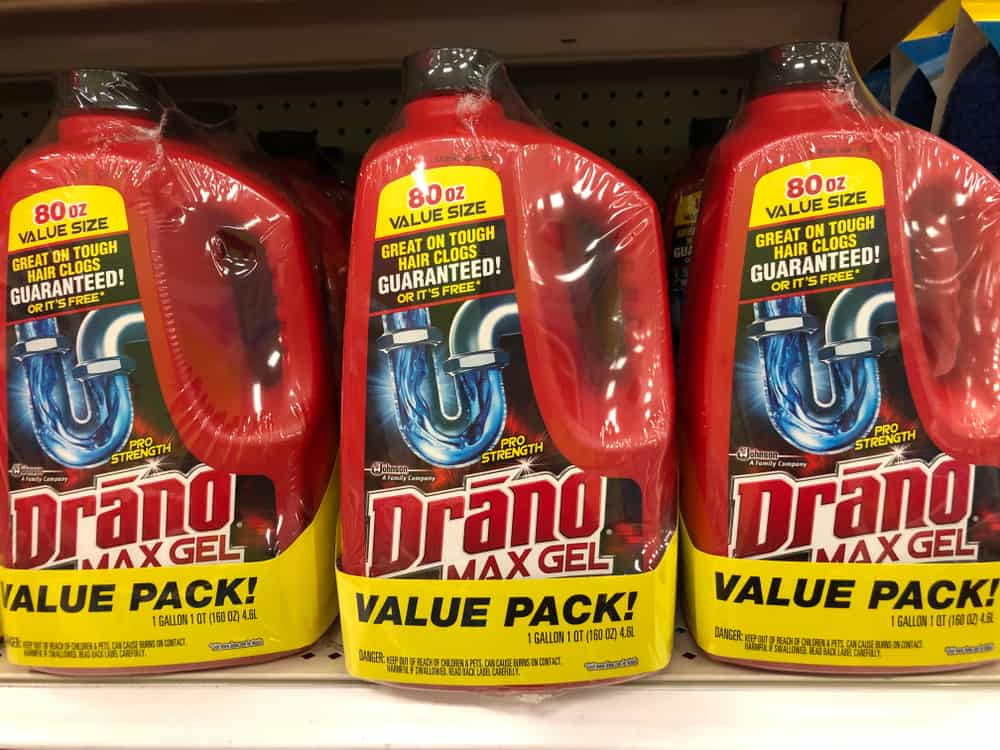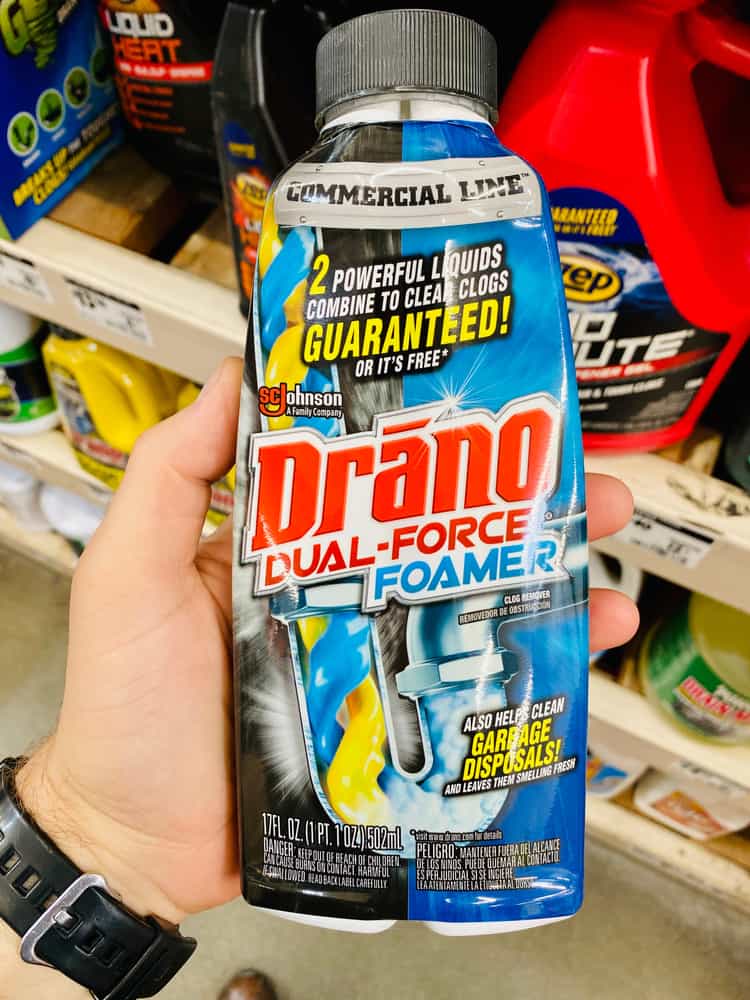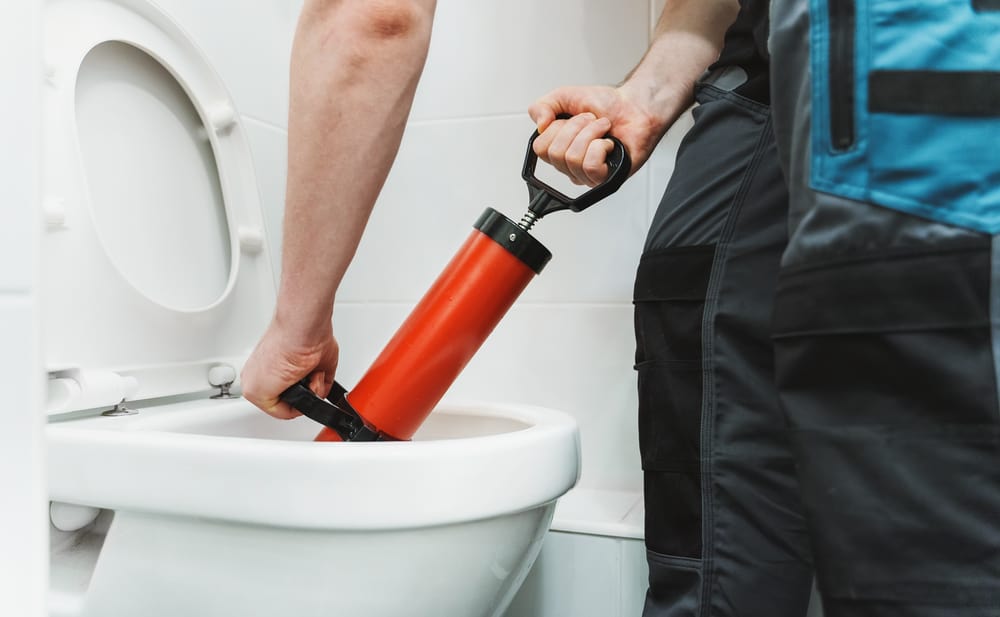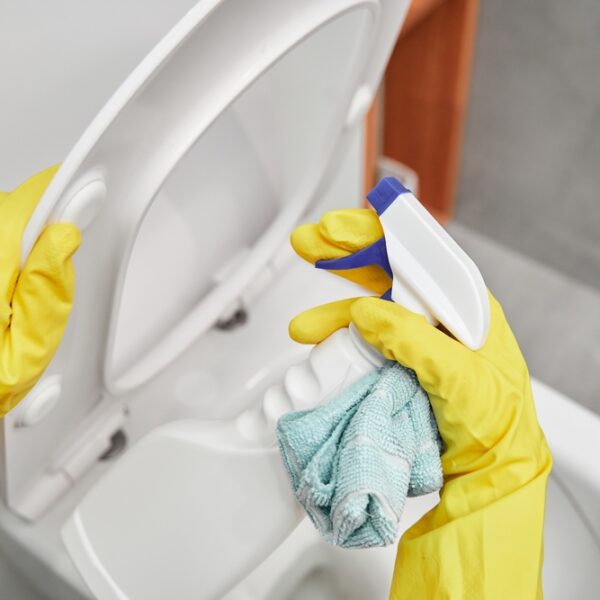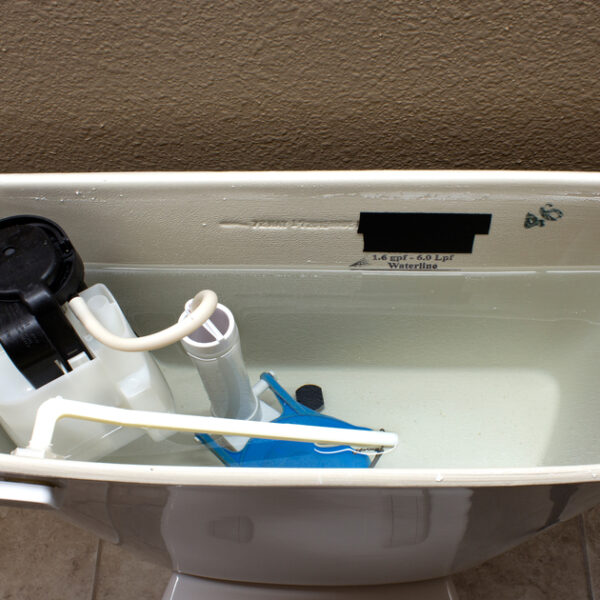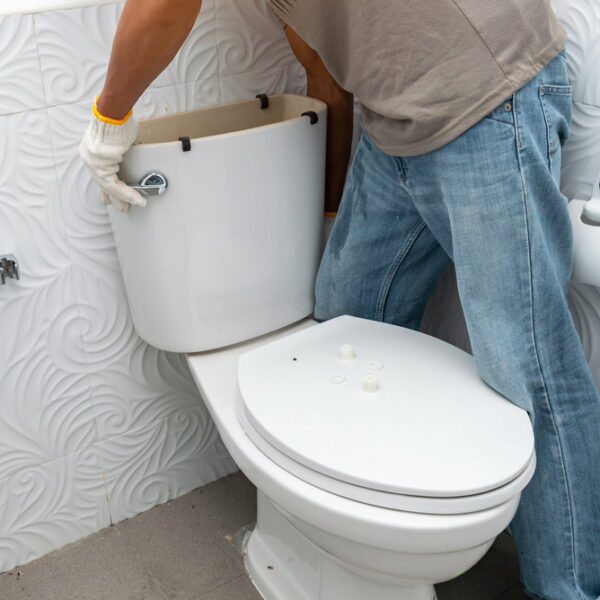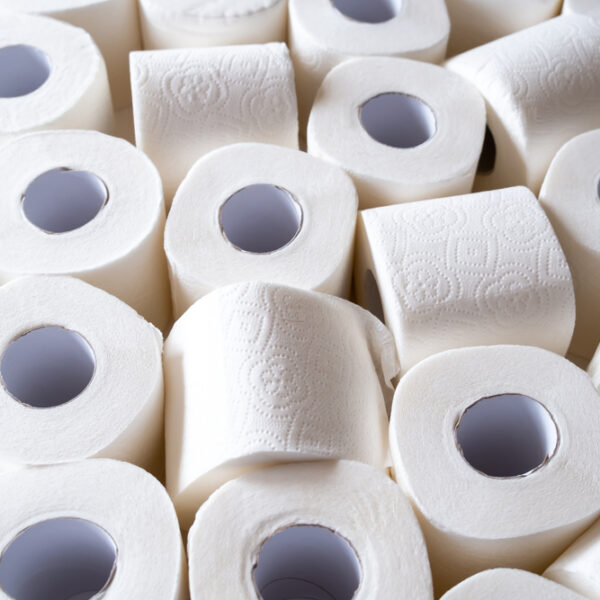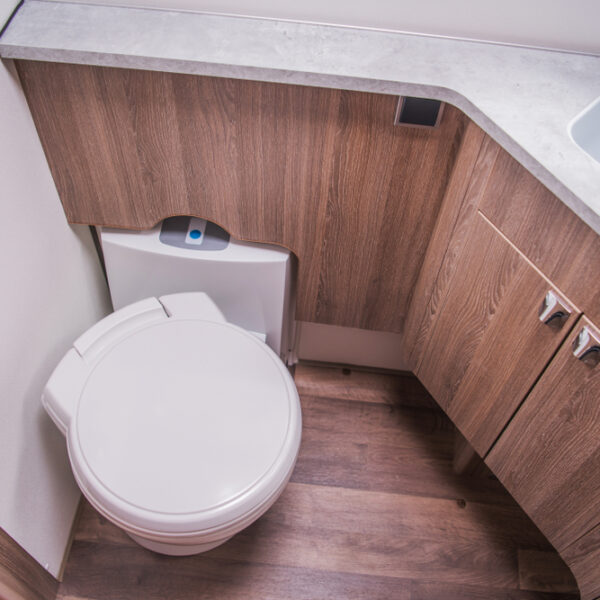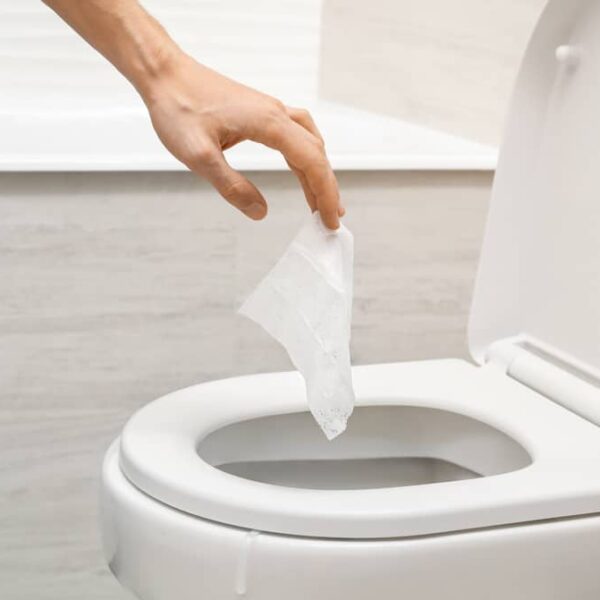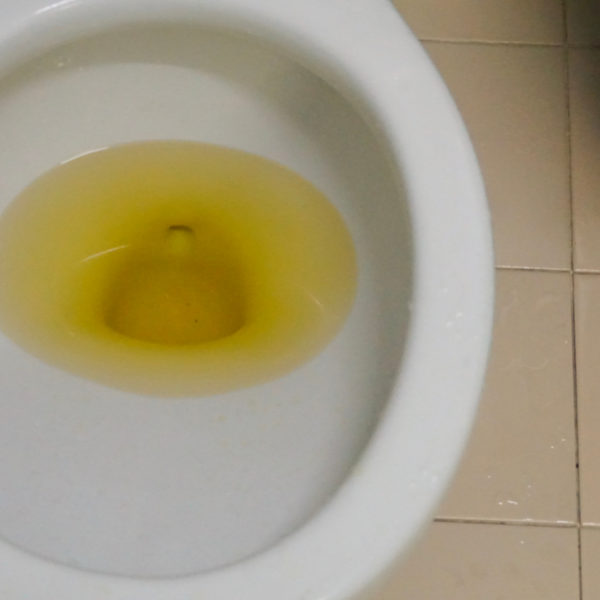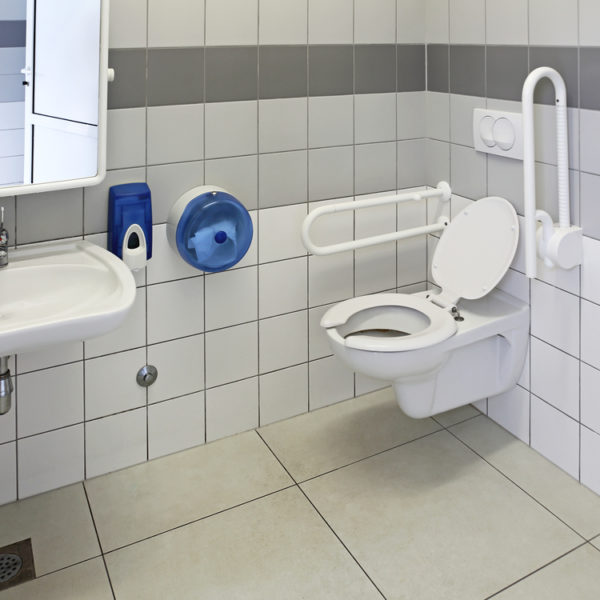When your drains get blocked, perhaps the first product you turn to is Drano, one of the oldest brands of chemical unblocking solutions around. It’s a tried and tested method for clearing drain clogs, but does it work as well when it comes to toilets?
In this post, we give you the lowdown on how useful Drano is for unblocking toilets – as well as talking about some other techniques you can try instead – as we discuss the question, can you put Drano in a toilet?
What is Drano?
Let’s start with the basics – what is Drano?
Drano was invented in 1923 as a powerful chemical for use in unblocking drains. It’s based on sodium hydroxide – or lye – which causes a chemical reaction that dissolves whatever’s blocking your drain, allowing the water to flow freely again.
However, it’s formulated specifically for use in sink drains like basins, bathtub drains, shower drains and kitchen sink drains – and the company that makes it advises against using it to unclog toilets.
But if it unclogs bathroom sink drains so effectively, why can’t you pour it down your toilet too?
Let’s look at this now.
Why can’t you use drano in a toilet?
There are several good reasons why using Drano in a toilet is a bad idea, including the following:
1. It doesn’t work
You might think that one clogged pipe is much like any other, but that’s not quite true.
Toilets are constructed with a trap in the shape of an “S”, which prevents sewer gases from coming up into your bathroom while also creating a siphon effect to help with flushing.
This means if you pour Drano into your toilet, it might not even reach the blockage, which will mean it’s completely ineffective at dislodging it.
Furthermore, sink drain blocks are usually made up of hair, soap scum and organic matter, which Drano is formulated to dissolve.
However, blockages in toilets are more often due to a build-up of toilet paper, human waste and possibly other things that aren’t supposed to be flushed down the toilet like baby wipes and female sanitary products.
As a result, even if the Drano reaches the blockage, it will be less effective at clearing it, so it’s not a useful product to use.
2. It can damage your toilet
There are other reasons why you shouldn’t use Drano in toilets besides it just not being effective – because Drano can actually damage your toilet.
Drano clears blockages due to a chemical reaction that gives off a lot of heat. In a sink drain, this is not a big problem, but if the blockage is in the S-trap it can be more serious.
This is because the trap is made of porcelain, just like the rest of the toilet, and the heat from the chemical reaction will cause it to expand and crack, in which case you’ll end up needing to buy a new toilet as well as paying for any damage caused by flooding.
Since this is clearly something you want to avoid, it’s not worth taking the risk of pouring Drano into your toilet.
3. Damages plumbing
Even if the blockage isn’t in the trap, Drano can still cause damage elsewhere.
If the Drano manages to reach the blockage somewhere in the pipes, it will then sit on top of the blockage, and the chemical reaction will cause an increase in heat.
However, since it won’t be effective at removing the blockage, the Drano will just sit there continuing to create heat, which may also damage your pipes, either softening PVC pipes or corroding them if they’re metal.
So again, since Drano is not effective at unblocking toilet clogs and may also seriously damage your plumbing system, using it in your toilet is something you want to avoid.
4. Harmful to health
As if it wasn’t bad enough that Drano can damage your plumbing system, in some cases, it can also be dangerous for your health.
When Drano reacts with certain other household cleaning products like bleach or ammonia, it can release poisonous gases known as chloramines. These can cause eye irritation, chest pain and difficulty breathing, so they’re not something you want to be inhaling.
Even if the Drano doesn’t create chloramines, if you pour it into your toilet and it doesn’t work, you’ll have to get it out somehow. The simplest way to do this is by using a plunger, but this can cause splashes – and you don’t want to risk getting it on your skin or in your eyes.
So in short, for the sake of your health, avoid pouring Drano into your toilet.
What to do if you’ve put Drano in your toilet
If you’ve already poured Drano into your toilet and you only found our post because you were trying to find out what to do next, don’t panic – because although we’ve just said it’s something to avoid, it’s a problem that can be resolved. Here’s what to do:
1. Try to clear the blockage with a plunger
If you’ve poured Drano into your toilet and it hasn’t cleared the blockage, the first thing to do is to turn to your plunger.
For toilets, a flange plunger is more effective since regular plungers are designed for sink drains. However, at a pinch, a regular plunger can help too.
Place the plunger over the toilet hole and push down once gently to create a seal – then pull it up and push it down several times more vigorously to try to clear the blockage.
Tip: If you’ve poured Drano into your toilet, it’s highly advisable to wear rubber gloves and eye protection before using the plunger because the Drano may come back up out of the toilet and splash on your skin and eyes.
2. Use a plumber’s snake
If you can’t clear the blockage by plunging, the next thing to try is a plumber’s snake – also known as a toilet auger or drain snake.
These are coils of metal cord with hooks attached to the end that are designed to be pushed into the toilet and pull back up whatever’s blocking it. You can pick on up from any hardware store, and they’re simple for anyone to use.
If you don’t know how to use a plumber’s snake, here’s a good video that explains how to do it.
As with when using a plunger, don’t forget to wear gloves and goggles to protect against splashes.
Tip: When choosing a plumber’s snake, pick one that has rubber over the hooked end to prevent it from damaging your toilet.
3. Call out a plumber if you can’t clear the blockage
If you still can’t unblock the toilet, now may be the time to call out a professional to do it for you.
Warning: Don’t add other chemicals
The one thing you should avoid doing above all is adding other chemical products to your toilet if you poured Drano in and it didn’t work.
As we mentioned above, products containing bleach or ammonia will react with the Drano to produce dangerous toxic fumes that are harmful to your health.
Better ways to unblock a toilet
Instead of pouring Drano into your toilet, here are some other techniques you can try that are likely to produce much better results and that don’t risk damaging your toilet or your health.
As a general rule, it’s best to start with the gentlest methods and move to the more extreme techniques and chemical cleaners only if the other methods fail.
Apart from anything else, chemical drain cleaners may damage your plumbing if you use them too often, which will end up costing you more to repair further down the line.
1. Plunger
A plunger is a useful tool that every homeowner should have access to. They’re inexpensive, easy to use and the first technique to try whenever you are faced with a blocked drain or toilet.
2. Bicarbonate of soda and vinegar
Bicarbonate of soda, also known as baking soda, mixed with white vinegar is a near-magical cleaner that can be used for a whole range of applications – including unblocking toilets.
Start by pouring at least one cup of baking soda into your toilet, then slowly add a couple of cups of vinegar. You will immediately see the two ingredients reacting with each other as the water in the toilet bowl starts to fizz.
Leave the mixture to act for at least half an hour then pour a gallon or two of hot water into the toilet. If you are lucky, this is all you’ll need to do to unclog the toilet.
Tip: Avoid pouring boiling water into the toilet since it risks cracking the porcelain of the bowl.
3. Hot water and liquid dish detergent
Another option to try is hot water and liquid dish soap. Pour some detergent into the toilet bowl and then follow it with a bucket of hot water. If the blockage is not too severe, this may be all you need to do.
4. Enzyme treatment
Enzyme treatments are products that speed up the breakdown of the kind of items that cause toilets to become blocked.
They take longer to work, so it’s best to use one before you go to bed or before going out. However, if you don’t need to unblock the toilet in a hurry, this can be a smart choice.
To use an enzyme treatment, read the directions on the bottle carefully and do as instructed.
This kind of product won’t damage your toilet, so it’s safe to leave it in there overnight – and it’s also not harmful to the environment, so it’s an ecological option too.
5. Bleach
You can also try using bleach to unblock a toilet. Mix a cup of bleach into a bucket of water and pour it into the toilet. Leave it for half an hour and then follow it up with another bucket of hot water.
Alternatively, you can just add powdered bleach to your toilet and leave it to act for half an hour before washing it down with a bucket of hot water.
6. Plumber’s snake
If none of the suggestions above work, you can also try a plumber’s snake, as already explained. It’s a good idea to buy a plumber’s snake anyway because you never know when your toilet might become blocked – they don’t usually cost more than about $30.
Drano Max Build-Up Remover
While we strongly advise you against using regular Drano to unblock your toilet, the same company makes another product called Drano Max Build-Up Remover that you can use.
This product contains microorganisms that help break down blockages naturally, so it’s safe to use in toilets.
It’s most effective when used before the toilet is completely blocked, so if you notice your toilet starts draining more slowly than usual, it could be time to reach for a bottle of Drano Max Build-Up Remover before the problem becomes too bad.
Avoid using Drano – try something else instead
It should be clear by now that using Drano to unblock a toilet is a bad idea for all kinds of reasons. However, there are plenty of other more effective techniques to try instead, saving you the cost of calling out a plumber.
At the same time, if against all our warnings, you do decide to try Drano and it doesn’t work, it is extremely important that you don’t then add other chemical products since this risks creating a toxic gas that can poison you.
